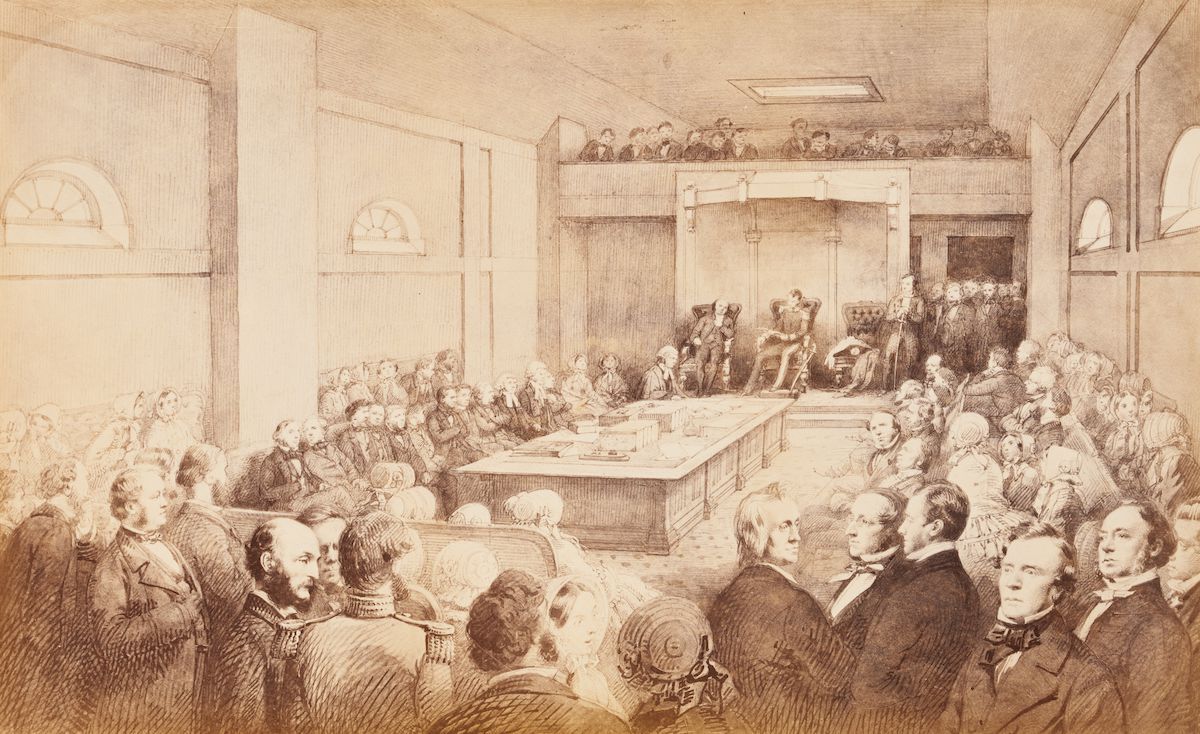On this day eight hundred years ago at Runnymede near Windsor, King John signed Magna Carta. That long agreement was drafted by the Archbishop of Canterbury, Stephen Cardinal Langton, in an effort to resolve a bitter dispute between the king and a group of rebellious barons. Among the many provisions of Magna Carta, the most famous two read: “No free man shall be seized or imprisoned, or stripped of his rights or possessions, or outlawed or exiled, or deprived of his standing in any way, nor will we proceed with force against him, or send others to do so, except by the lawful judgment of his equals or by the law of the land” and “To no one will we sell, to no one deny or delay right or justice.” The underlying principle here is that all people, including the sovereign, are without exception subject to the rule of law. Lord Denning described Magna Carta as “the greatest constitutional document of all times—the foundation of the freedom of the individual against the arbitrary authority of the despot.” Magna Carta set out this vital “what,” but the “how” of law-making in Parliament took many subsequent centuries to evolve at Westminster, and in all the other jurisdictions whose democratic traditions descended thence, including ours.
King John was the youngest son of one of the wealthiest, most cultivated and formidable women ever to have lived in the High Middle Ages, and to the very great age of nearly eighty-two: Eleanor of Aquitaine. In addition to having been, first, Queen of France, and then Queen of England, Eleanor was the mother of two queens and three kings including John. The provisions of Magna Carta would have profoundly shocked Eleanor, for her regency during the prolonged absence on the Third Crusade (1189–1192) of King John’s brother, King Richard I Coeur-de-Lion, amounted to the exercise of absolute power, entirely unfettered by any such unwelcome concept as the rule of law. And she was very good at it. Before 1215 the overriding concept of government in England was that of vis et voluntas, or “force and will,” exercised personally, and by others solely in the name of the anointed Angevin king or his regent. What precipitated the crisis of Magna Carta above all was the oppressive taxation that King John needed to raise in England to finance a series of relentlessly unsuccessful military campaigns in France. There is no question that King John signed Magna Carta against his will, and that its provisions were forced upon him by the barons and the English church largely out of economic self-interest. Nevertheless it is perfectly true to say that all current Australian senators, members of the House of Representatives, and the officers of the Commonwealth and all our other state and territory parliaments exercise their functions today in the dim but palpable light of this foundation document, although I daresay not many ever have reason to cite clause 23, namely “No town or person shall be forced to build bridges over rivers, except those with an ancient obligation to do so.”














